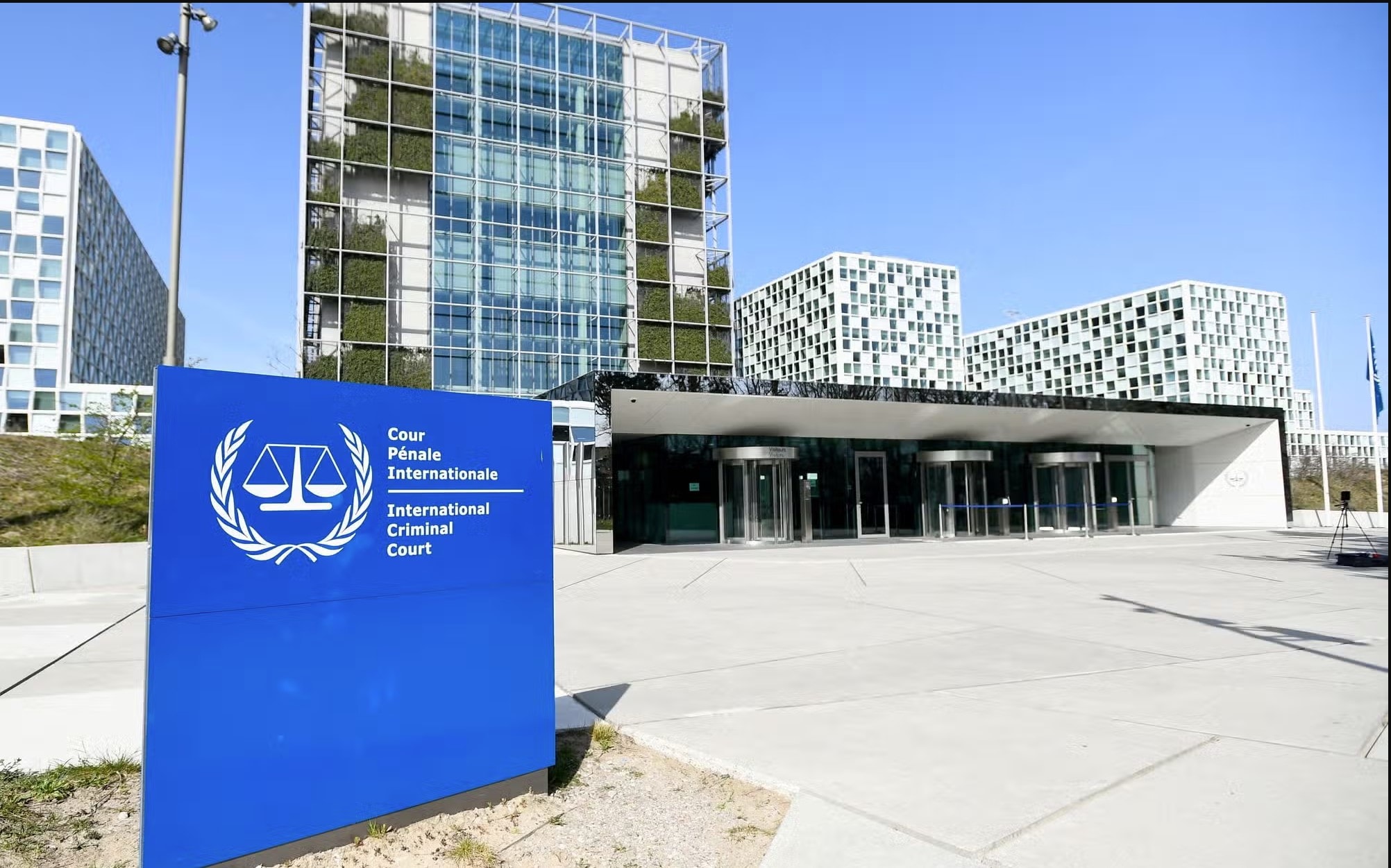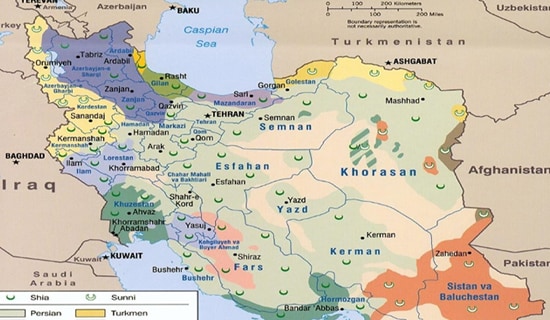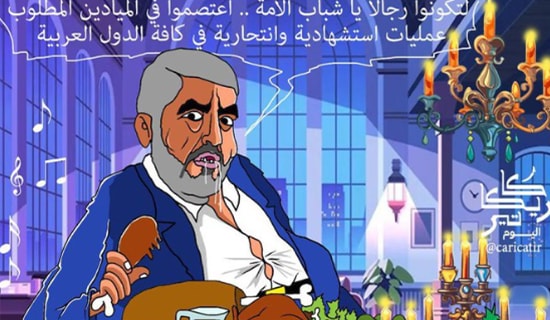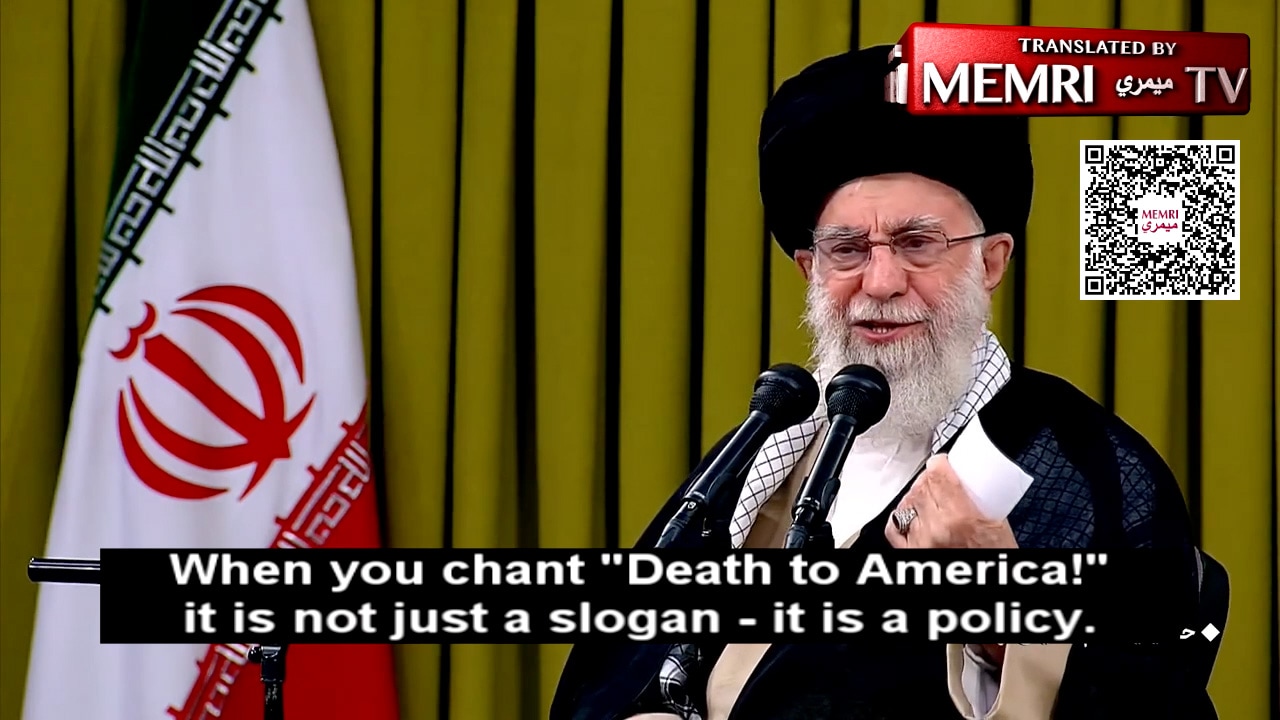Prof. Menahem Milson's New Arabic-Hebrew Dictionary was released digitally eight years ago and in print in Spring 2023 by the Hebrew University's Magnes Press. The dictionary, which is constantly updated, contains 45,000 entries, including words from the Quran, hadith, and other traditional Islamic sources, as well as words from contemporary Arabic. The dictionary has become the main Arabic dictionary used in universities and research centers throughout Israel. Leading Arabic experts have praised the dictionary for its comprehensiveness and its quality. Prof. Milson is emeritus professor of Arabic at the Hebrew University and has been MEMRI's academic adviser since its inception. MEMRI has been co-sponsoring the dictionary in partnership with the Hebrew University.
Today, Prof. Milson and a team from MEMRI and from the Hebrew University are working to transform the dictionary into an English-Arabic dictionary. In a recent review of Prof. Milson's dictionary, Tel Aviv University Professor Amir Lerner writes: "The dictionary is extremely accurate, at once scientific and user-friendly, up-to-date and generous to an extent that it approaches the dimensions of an Arabic encyclopedia. The vast knowledge accumulated in the dictionary is a treasure for the scholar as well as for the student of the language."
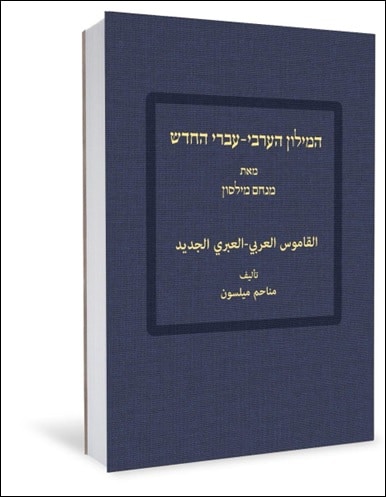
Below is a full translation of Prof. Lerner's review, titled "May God Curse the Cat[1]":
The New Arabic-Hebrew Dictionary By Menahem Milson, Magnes Press, Jerusalem, Israel, 2023
The 11th-century Muslim writer Al-Raghib Al-Isfahani cites a joke founded on admiration for the richness of the Arabic language, an erudite joke about the many words for "cat": "It is said that a son of the desert once caught a cat [sinawr in Arabic, similar to the noun shunra in Aramaic], but he did not know what it was. A man accosted him and asked: 'What is this sinawr?' And another man asked: 'What is this hirr?' [another word in Arabic for "cat"]. Someone else asked: 'What is this dhaiwan [as above]?' And another asked: 'What is this kitt [as above]?' The son of the desert said: 'I shall take it and sell it, and Allah will reward me generously.' And when he took it to the market, he was asked, 'How much?' and he replied 'A hundred'. And he was told, 'It is worth but half a dirham!' He immediately threw it away and said: 'May God curse the cat, how many are its names and how little is its usefulness.'"
This story belongs to a branch of ancient Arabic literature known as adab, belles lettres in high Arabic, where a curious person thirsty for knowledge could find a broad general education with plenty of entertaining interludes. Alongside it grew the branch of Arabic lexicography, which began its written path at the same time as the beginning of written prose, in the eighth century, and flourished throughout the Middle Ages. One of the prominent principles of medieval Arabic lexicography is the principle of the accumulation of knowledge. A sage cites sages before him and adds his own ideas, and thus, over the ages, layer upon layer of knowledge is piled up.
Outside of the Islamic and Arabic worlds, and mainly in Europe, a new methodology was developed for Arabic lexicography, whose humble beginnings date back to the Middle Ages, but mostly originated from the 19th century onwards, when many dictionaries of Arabic were compiled in European languages. At times they were summaries of a sort of ancient dictionaries compiled in the East, and I may mention in this regard the great lexicon compiled by the important Orientalist Edward William Lane.
But there were also those who charted new directions, such as the Dutch scholar of French origin, Reinhart Dozy, who focused on a relatively remote vocabulary, which was mostly excluded from early and late Arabic lexicography. Unlike the Muslim lexicographers of the Middle Ages, who were mainly interested in standard Arabic, fusha, and who made relatively rare comments on this or that word and the ways it was used among simple people in their living language, there were Western scholars who incorporated a large vocabulary of words from the spoken language into their dictionaries, for example the Algerian and the Moroccan in the dictionary of the French Arabicist of Polish origin Albert Kazimirski. There were also those who devoted entire dictionaries to presenting the vocabulary of spoken Arabic dialects, such as Socrates Spiro's dictionary of Egyptian Arabic, and later Adrien Barthelemy and his successor Claude Denizeau who preserved the Arabic spoken in Syria, Lebanon and Palestine.
As for Arabic lexicography in Israel, quite a few Arabic-Hebrew and Hebrew-Arabic dictionaries have been compiled here, but a dictionary reflects the life of a language, and Arabic is a living language that is developing at a dizzying pace, so a dictionary of contemporary Arabic compiled half a century ago will not include the developments in language that occurred after its publication. Today is therefore a day of rejoicing in Israel for lovers of Arabic and students of Islam, because a new, comprehensive Arabic-Hebrew dictionary has just been published.
The Dictionary Is Accurate, Scientific And User-Friendly, Up-To-Date And Generous To The Extent That It Approaches The Dimensions Of An Arabic Encyclopedia
On my desk lies a new thick and exquisite volume, The New Arabic-Hebrew Dictionary by Menahem Milson. This is the most comprehensive and up-to-date dictionary that anyone interested in the Arabic language here in Israel can use. It has approximately 45,000 entries, intelligently and meticulously arranged according to the Arabic alphabet of word roots, first their derivatives from the verb and then from the noun. These entries are accompanied by illuminating comments and expansions, examples and quotations from the Qur'an and ancient Arabic poetry, countless proverbs, explanations of the etymology and formation of words and the sources of phrases and idioms. The dictionary is extremely accurate, at once scientific and user-friendly, up-to-date and generous to an extent that it approaches the dimensions of an Arabic encyclopedia (which, in my opinion, is why this project should be continued). The vast knowledge accumulated in the dictionary is a treasure for the scholar as well as for the student of the language.
Along with its focus on the fresh vocabulary of modern Arabic, as used today in the media, press and literature, and even its frequent reference to words from the spoken Arabic language, attention is given to the Arabic layers of classical literature and early Islamic literature. In this way, an impressive panorama of the riches of Arabic unfolds before the user, in the manner delineated by the famous dictionary compiled by professors David Ayalon and Pesach Shinar (Arabic-Hebrew Dictionary of the New Arabic Language), which was the starting point of the present dictionary. Their work, first published by Magnes Press in 1947 and never out of print since then, has been used by generations upon generations of Arabic learners, but despite good intentions and various attempts it has never been updated. And indeed, at the start, Prof. Milson's intention was mainly to update it (with his partner at the beginning of the journey, the late Prof. Aryeh Levin, who retired from the project at an early stage).
Thus, an online dictionary was founded and the entries from the Ayalon-Shinar dictionary were typed into it, but in the process it became clear that the task of updating was impossible. The decades that passed since it was first printed and the developments in both Arabic and Hebrew, as well as in the world in general, in science, technology, etc. left the Ayalon-Shinar dictionary too outdated. Therefore, the intention to reissue it in an updated edition was finally abandoned and a new dictionary was decided upon. Since then, Menahem Milson and his team have been updating and expanding the online dictionary regularly, with dedication and professionalism, and now the new Arabic-Hebrew dictionary has finally been printed, a summation of everything that has been done so far on the online platform. It is to be hoped that unlike in the case of the Ayalon-Shinar dictionary, Magnes Press will consider printing an updated edition of Milson's dictionary every few years.
The Arabic language of the Middle Ages is a vast ocean that no one has fully encompassed, and it still has large undiscovered reaches. As knowledge about Arabic accumulates, there is sufficient justification for printing a new dictionary from time to time. This is all the more so when the events and processes that have affected Islam in the last decades and brought to life many words and expressions from early Islam are taken into account, to the point that there is a pressing need to present the layers of meaning of this old-new vocabulary. Moreover, contemporary Arabic continues to develop every moment, changing and diversifying with hundreds of millions of writers and speakers, and this must be accurately reflected in an up-to-date dictionary.
These are the challenges that Milson's dictionary faces, whose innovation lies in part in the way the material is collected, in that the members of the dictionary team knew how to climb onto the technology bandwagon and move steadily forward with it. The "digital humanities" allow a permanent and broad observation of contemporary Arabic and the collection and in-depth examination of the most up-to-date vocabulary. And as mentioned, Milson's online dictionary is constantly updated.
The new dictionary holds almost double the number of entries of the core Ayalon-Shinar dictionary. It is richer in every respect, and even its routine reference to the vocabulary of the spoken language (an important layer in the annals of a language) is an important, refreshing and useful addition. It is updated and immeasurably broader in this respect as well than Avraham Sharoni's comprehensive Arabic-Hebrew dictionary published in 1987, and from David Sagiv's dictionary of 2008.
"This is the way of all dictionaries. And no lexicographer may disregard his predecessors," wrote Prof. Moshe Goshen-Gottstein in the introduction to his dictionary (A New Arabic-Hebrew Dictionary) which was published (but not completed) in the 1970s. And so Menahem Milson's dictionary, as it paves new and important paths in the lexicography of Arabic in Hebrew and beyond, is deeply rooted in the great lexicographic work from the heyday of Arabic and Islam, and at its foundation, therefore, lies the genetic code of the essence of wisdom and of the principles of scholarship in language.
[1] Ha'aretz – Culture and Literature, June 30, 2023.


